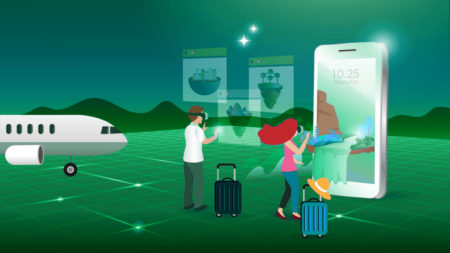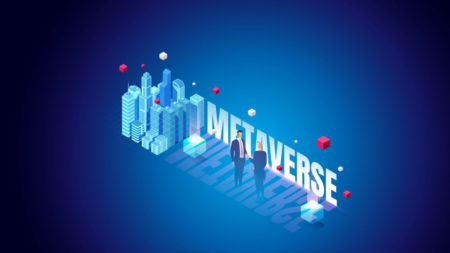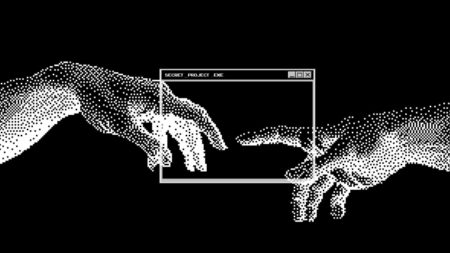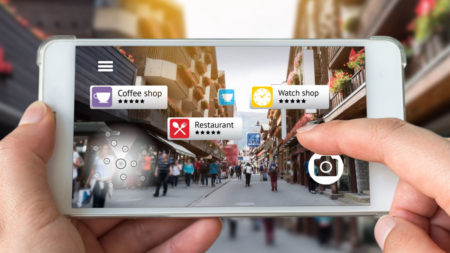In this Digital CIO Summit moment, Cirque du Soleil VP of IT Philippe Lalumiere discusses the live entertainment company’s customer-centered digital transformation.
virtual reality
Cirque du Soleil VP of IT Philippe Lalumiere tells Bob Evans how the live entertainment company evaluates VR and AI.
The era of smart information and multimodal AI systems is closer than we think. What impact will they have in the decades to come?
As organizations and initiatives are working to preserve popular destinations and make experiences more accessible, VR has become a key element in achieving sustainable tourism.
In ep. 27 of the Acceleration Economy Minute, Kieron Allen provides examples of what can go wrong when organizations don’t look at the bigger picture behind data.
In ep. 25 of the Acceleration Economy Minute, Kieron Allen explains how IoT, in combination with immersive technologies like AR and VR, will be a game changer for the manufacturing industry in 2023.
Analyst Kenny Mullican tells CIOs to focus on the emerging technologies and strategies, from “Industry 5.0” to distributed workforces, that will drive value to their organization.
Work-from-anywhere is here to stay, which means companies must adapt both their cultures and the technologies they use. Tony Uphoff takes a closer look at “Remote Work 2.0.”
CIOs need to make sure ERP systems are up-to-date or risk running into business difficulties. Kenny shares five priorities when implementing modernization.
Using the retail and appliance industry as examples, Janet explains how the Metaverse can help address services issues and the customer experience in new ways.
Apps by NVIDIA and Luma Labs that utilize neural radiance field (NeRF) AI models enable anyone with a smartphone to make convincing 3D models for use in e-commerce, gaming, the Metaverse, and more.
In this Metaverse interview, Toni Witt interviews Matthew Wren, co-founder of BUNDLAR and Founder of VRAR Chicago about the current state of AR adoption. The two discuss how BUNDLAR is helping outside companies adopt and deploy AR technologies.
Blockchain enables creators to package and monetize their digital content in new ways, but it’s not the only tech stack that is doing so. AI is also helping generate content in the digital space. Here’s how.
Audio is as critical as visual when creating authentic immersive experiences. Brands delving into the Metaverse must take it seriously, explains Toni.
Kieron Allen explores why augmented reality (AR) is on the rise, with specific examples, and what this means for the Metaverse and consumers.
In this Metaverse interview, Toni Witt speaks with Tony Vittilo, Freelance Metaverse Consultant and XR Developer, about the current state of the Metaverse, VR, and AR as well as what direction the emerging spaces are moving in.
The Metaverse has spawned new commerce models, including direct-to-avatar (DTA), which some believe is the next iteration of direct-to-consumer and could one day dominate retail.
The transition to Web 3.0 is underway, but savvy organizations won’t leave Web 2.0 behind entirely if they want to keep their consumers, writes Kieron.
From interoperability and immutability to security and sustainability, there are many myths around standardized virtual spaces in the Metaverse. Kieron clarifies what’s fact and what’s fiction.
In My Metaverse Minute, Ep. 188, Kieron Allen explains why the new Meta Quest Pro VR headset’s $1,500 price tag could be its saving grace.



















